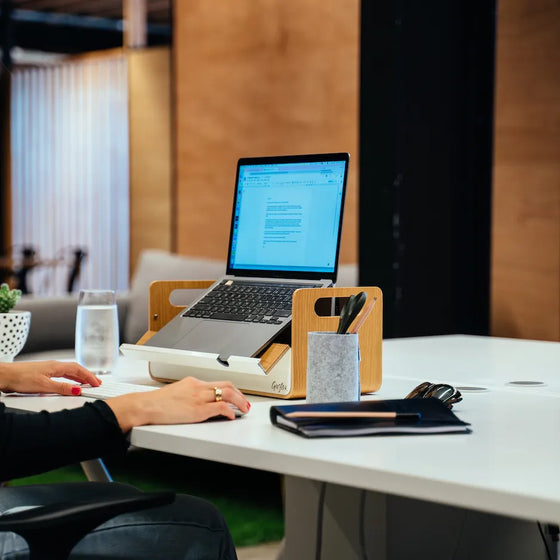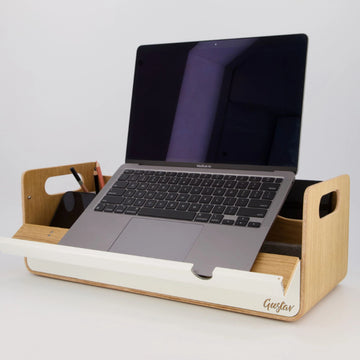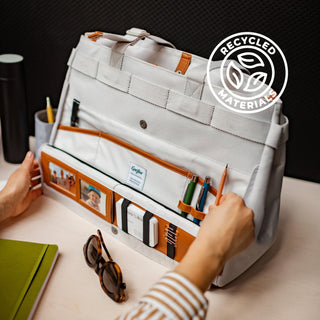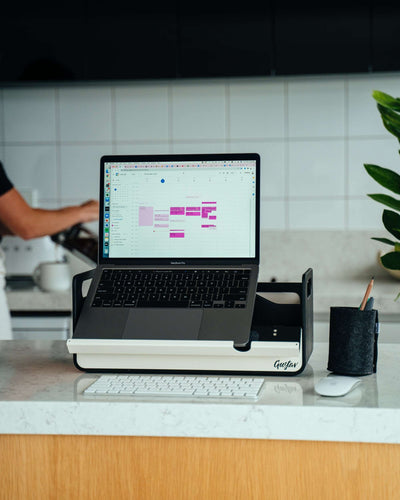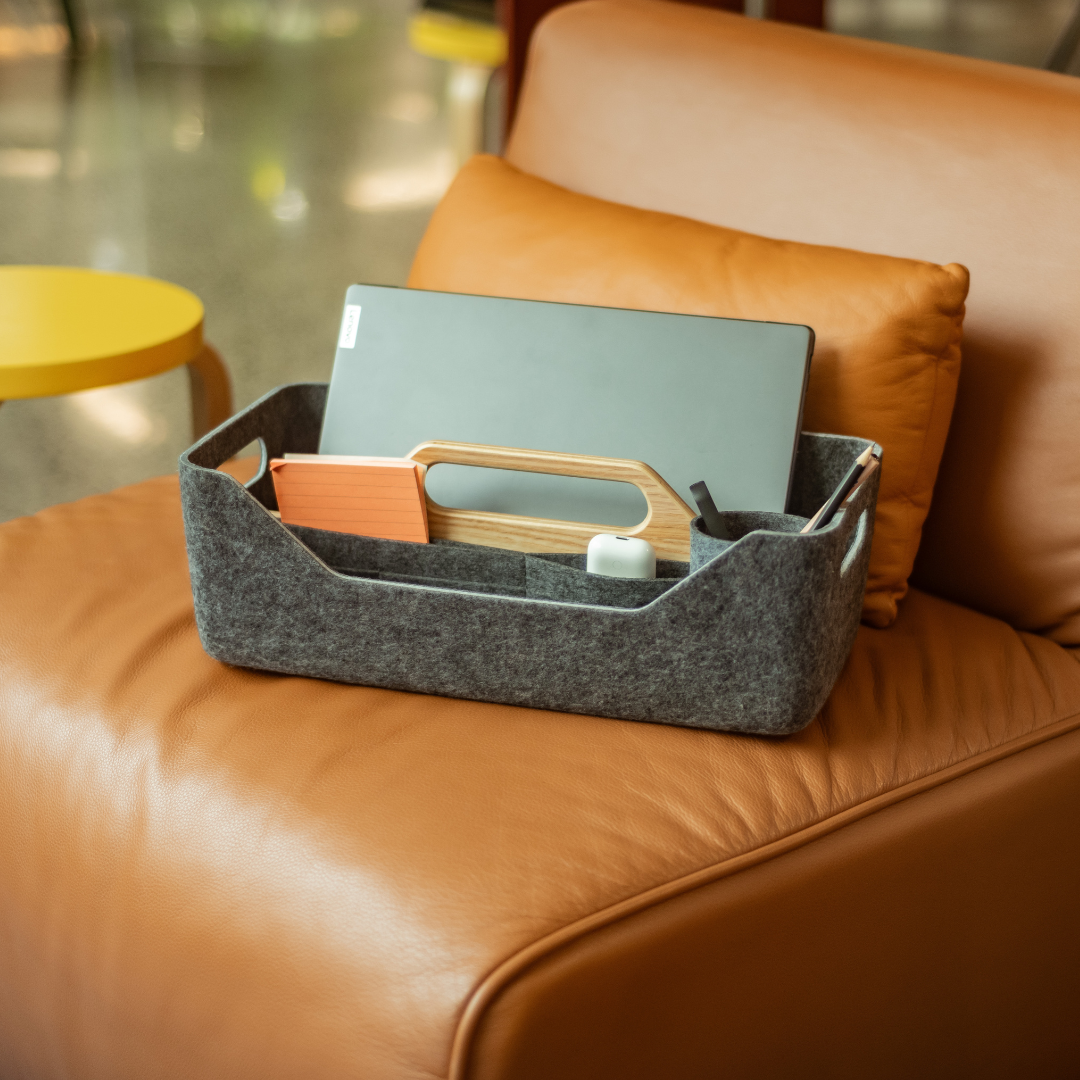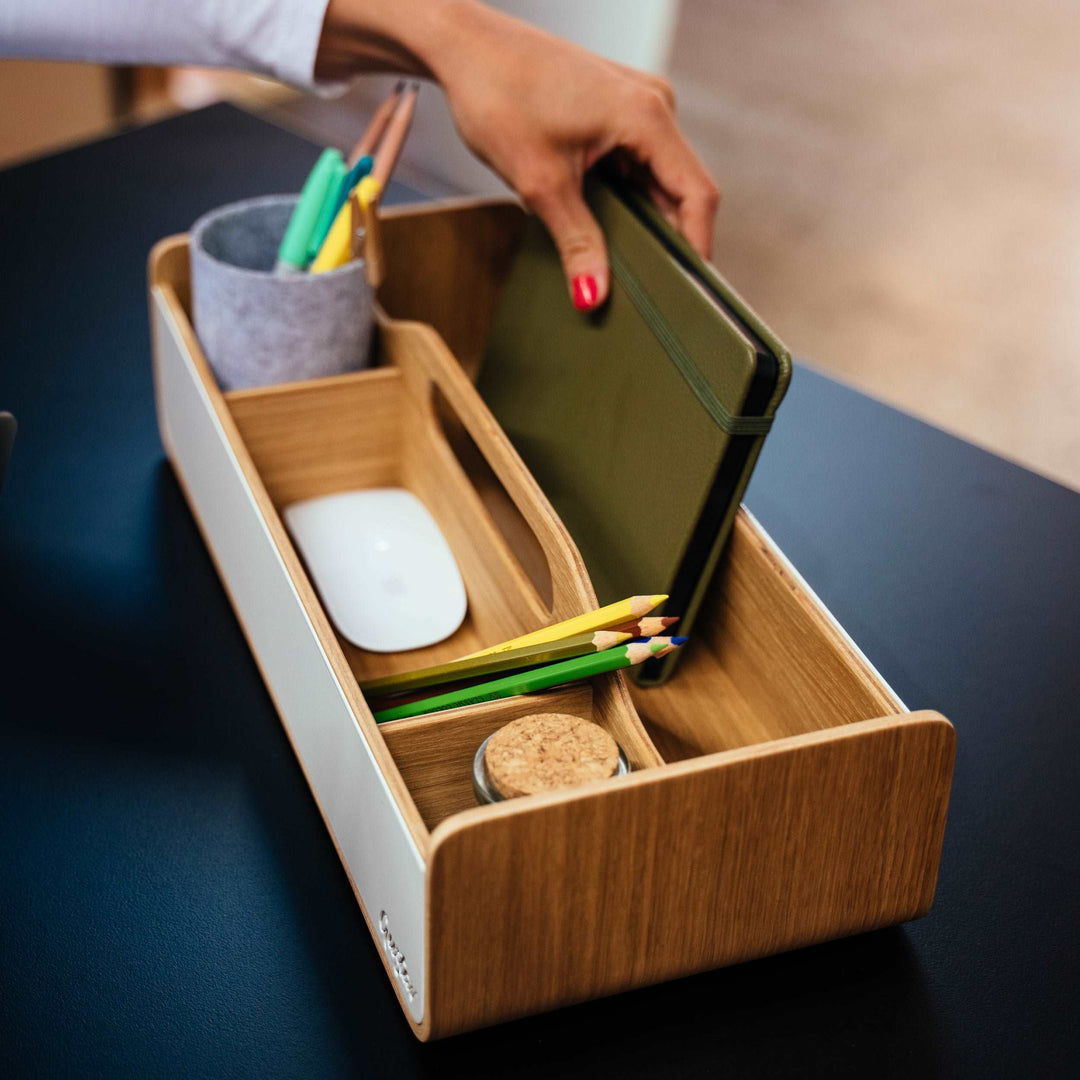Top tips to make work-from-home work

So what did 2020 teach us about work?
One thing’s for sure: the traditional, office based model is definitely not the only way of doing things any more. When the Covid pandemic struck and workers all over the world were forced home, one of the most surprising elements was just how smooth the transition to online working was. No doubt about it – the technology for remote working is fit for purpose.
But while the technology is up to speed, the sudden switch to home working served to highlight a few areas where we as workers might need to adapt. Many found it hard to strike the balance between work and home life, while chiropractors were inundated with bookings once the lockdowns ended, with so many people having spent weeks hunched over a laptop at the kitchen table.
With many analysts noting that 2020 served to accelerate changes in the world of work that were already taking place, the chances are that many of us will be spending more time working at home in the coming years. With 2020 serving as something of a ‘stress test’ for the concept of remote working, we thought we’d gather together some of the most important lessons learned about working from home.
1. Take breaks
Back in the office there are natural breaks in the working day: the walk to the coffee machine or the cafeteria, the chat with a colleague passing by your desk. But working at home, these welcome distractions aren’t as regular, meaning it can be all too easy to stay sat at your desk for longer periods of time. What’s more, many people feel themselves under more pressure to be available throughout the day, lest their employer think they are ‘slacking off at home’. Again, this results in more time at the desk than might be the case in the office.
The truth is though, breaks are important; research has shown regular breaks at work improve concentration, creativity and wellbeing. Try scheduling in downtime throughout the day – time to get up, move or just do something completely different for a short time. Because let’s be honest, are you really working all the time you’re at the office?
2. Own your Space
During those first weeks of lockdown, many who were new to working at home found themselves perched at the kitchen table. Come evening, the laptop and notepads would make way for the evening meal, and the ‘home office’ would not return until after breakfast had been cleared away. This is far from ideal. Having a space that’s dedicated to work will not only help you stay organised, but will help make the psychological shift from home life to work life a little clearer. A dedicated office space, be that a room in the house or a shed at the end of the garden is ideal, though of course not always possible for many living in cities where accommodation is limited. Still, having a way to ‘own the space’ is important, and a portable home office such as Gustav provides a smart solution. With everything stored away and just where you left it, Gustav is the perfect companion for the mobile worker – your office in a box.
3. Work Ergonomically
The office might not be the most inspiring or relaxing place to be, but it does have one thing going for it: it’s a purpose designed space for work. That means that features such as desk height, chairs and monitor position are all designed with comfort in mind. When the working world grabbed their laptops and fled home, many people spent their first weeks hunched up on the sofa, or sitting on uncomfortable dining chairs. Cue a second epidemic of back and neck pain. But no one is working at their best when feeling uncomfortable, and it goes without saying that we all want to avoid back pain caused by improper seating. So try as much as possible to remember some basic ergonomic principles as you work from home: work at a desk where you can keep your elbows and wrists about the same height and position your chair so your hips and knees are also the same height. Try to sit arm’s length from your monitor to protect your eyes, and perhaps most importantly, get up from your desk and move at regular intervals.
4. Eat and Drink Well
One cliché that’s been around even before the pandemic is that when you’re working from home, you’re likely to check the fridge every 15 minutes. But like many clichés there’s some truth in the idea, and during lockdown many people did indeed report snacking more often – and less healthily – than they would have at the office. The benefits for your mood and your concentration of eating healthily and staying hydrated are well documented; the challenge of course is doing it. Meal planning and batch cooking to make healthy lunches easy is a good idea, as is keeping bowls of healthy snacks easily accessible. Try to avoid working in the kitchen, where the temptation is all too great, though of course, avoid going too far the other way and missing out on lunch altogether. Filling up a reusable bottle of water at the start of the day and keeping it on your can be a good reminder to stay hydrated – essential for a full day of video calls!
5. Separation
One of the most commonly reported difficulties about working from home is the challenge of ‘switching off’, and knowing when work is finished and home life begins. As mentioned above, having a dedicated physical space – or a portable office - that can be closed at the end of the working day can help, but there are other ways of ensuring work doesn’t take over your home life too. Set an alarm for a certain time every day, and be strict with yourself that you’ll finish when it goes off. Try to avoid having work related apps – especially email – on your phone so you are not tempted to check them after hours. And perhaps create a post-work routine such as a walk, cooking or even reading in the bath for an hour that lets your body know the working day is over. Being serious about protecting your downtime is one of the most effective ways to avoid burnout and keep working from home as a positive thing.
6. Keep Personal Connections with Colleagues
You never knew how much you’d miss them, eh? It’s true, relationships with colleagues aren’t always the easiest, but the personal connections and shared sense of purpose that comes from working within a team are often some of the strongest motivating factors about a job. Certainly contact with colleagues was one of the most reported elements that people missed during the lockdowns in 2020, and Zoom coffee meetings, where colleagues caught up for nothing more than a chat, became a popular and important part of the new working landscape. If remote working does indeed become more prevalent following Covid, then it’s important to find a way to maintain regular contact with colleagues, either via online meetings, or by making sure that all members of a team are physically present at certain times. Just because we have the technology to all work alone, it doesn’t mean it’s the best way.
In summary, flexible and remote working would have become the norm in the next 10 years with or without Covid, as employees look for roles with more work/life balance and employers look to save money on space. By learning some of the lessons of the lockdown, we can make the transition to a more ‘location fluid’ way of working a positive one.



